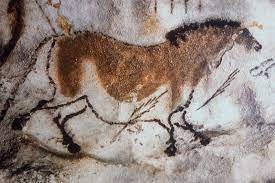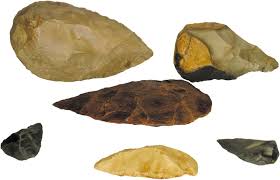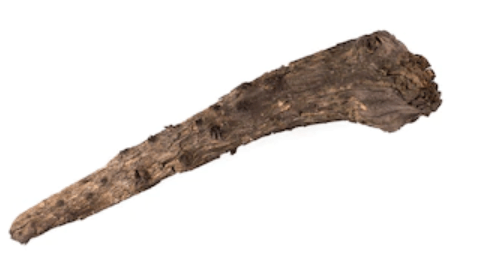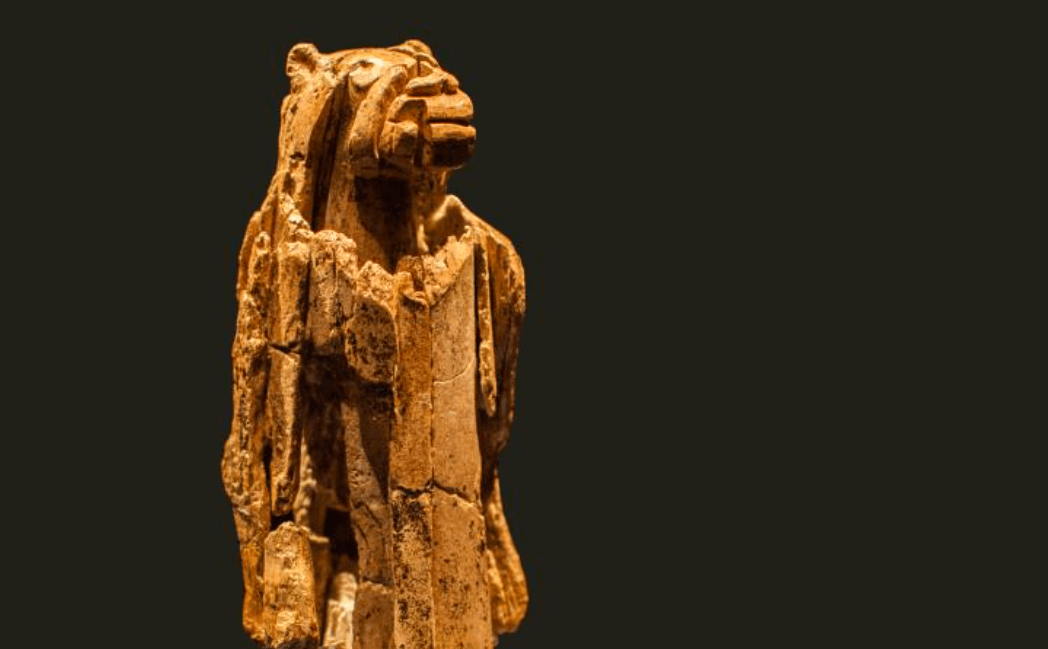Culture of the Homo Sapiens
Art, Industry, War and Religion
The Cambridge Dictionary defines culture to mean; 'the way of life, especially the general customs and beliefs, of a particular group of people at a particular time'. The particular time we are considering stretches from about 50,000 years ago to about 3,000 years ago, a huge period in which much must of happened but our view of it is severely constrained by the small pools of archaeological finds that are available.
ART
The art form being considered are those that can be found in the archaeological record. This obviously excludes anything related to noise , movement, ceremony, etc. as well as anything that involved artefacts fashioned from materials that perished eg fabric, wood etc. What we are left with are images both representational and symbolic. This site has a focus on the abstracted symbolism and how this evolves into numeracy and literacy.
ART
The art form being considered are those that can be found in the archaeological record. This obviously excludes anything related to noise , movement, ceremony, etc. as well as anything that involved artefacts fashioned from materials that perished eg fabric, wood etc. What we are left with are images both representational and symbolic. This site has a focus on the abstracted symbolism and how this evolves into numeracy and literacy.
INDUSTRY
The handaxe was the tool of choice for around 1.5 million years. It was probably too heavy to carry a long way so the user would probably make their own. From about 500 kya the toolbox started to increase in sophistication and specialism. This would encourage trade and the development of trade routes. The growth a distinct skill which a long with other skills such as hunter, artist, doctor etc. would have had major impacts the structuring of society.
INDUSTRY
The handaxe was the tool of choice for around 1.5 million years. It was probably too heavy to carry a long way so the user would probably make their own. From about 500 kya the toolbox started to increase in sophistication and specialism. This would encourage trade and the development of trade routes. The growth a distinct skill which a long with other skills such as hunter, artist, doctor etc. would have had major impacts the structuring of society.
WAR
War would seem to be a one of those enduring human traits that have possibly been with us from that start. Along with uncovering how war and conflict was conducted, this site is interested in the ways in which war might have driven innovation and industry.
WAR
War would seem to be a one of those enduring human traits that have possibly been with us from that start. Along with uncovering how war and conflict was conducted, this site is interested in the ways in which war might have driven innovation and industry.



